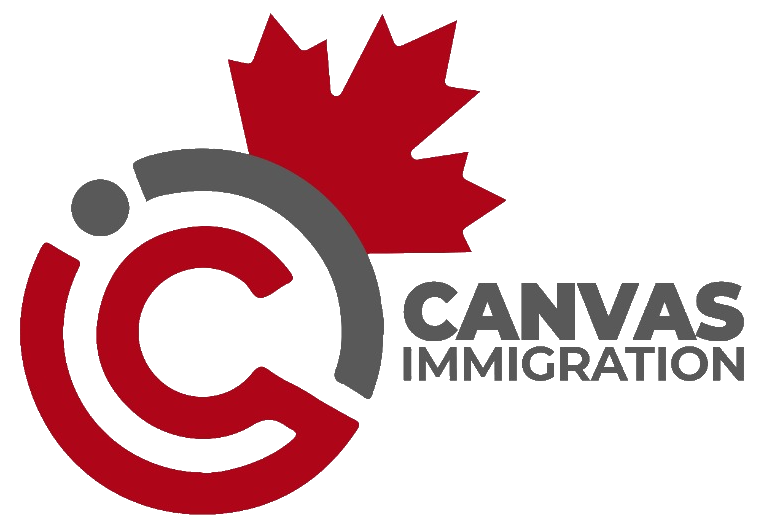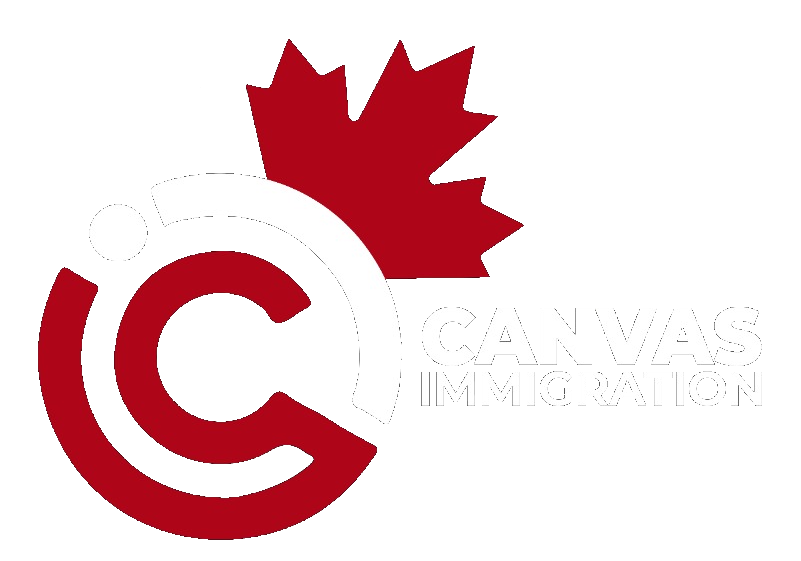Last Updated On 28 November 2024, 10:11 AM EST (Toronto Time)
The Canadian Centre for Policy Alternatives (CCPA) has released new BC living wage rates that shows that the cost of living has gone up throughout the province.
The living wage is more than just a number—it represents the minimum hourly income that workers in a specific region need to afford their basic living expenses.
It encompasses essential costs like housing, food, and transportation, while accounting for government taxes, credits, deductions, and subsidies.
However, it does not include debt repayment or savings for future plans. For British Columbians, the cost of living varies significantly by region.
Factors such as housing affordability, childcare costs, and transportation options differ, meaning a one-size-fits-all approach cannot address the diverse needs across the province.
By calculating living wages at the local level, communities can better identify policies to combat poverty and support working families.
Each year, the Canadian Centre for Policy Alternatives (CCPA-BC) collaborates with local organizations to calculate and publish living wages in its annual report, Working for a Living Wage: Making Paid Work Meet Basic Family Needs.
The 2024 report reveals the latest rates across British Columbia, highlighting both the increases from 2023 and the ongoing challenges faced by residents.
Table of Contents
The 2024 living minimum wage rates vary widely across British Columbia, reflecting the unique economic and social conditions of each region.
Here’s a comprehensive table comparing the 2024 and 2023 living wage rates across British Columbia, including the dollar and percentage changes for each region:
| Community | Living Wage 2023 | Living Wage 2024 | $ Change | % Change |
|---|---|---|---|---|
| Clayoquot Sound | $26.51 | $27.42 | +$0.91 | +3.4% |
| Columbia Valley | $22.63 | $22.90 | +$0.27 | +1.2% |
| Comox Valley | $22.02 | $24.36 | +$2.34 | +10.6% |
| Cowichan Valley | $25.20 | $25.71 | +$0.51 | +2.0% |
| Daajing Giids | $26.25 | $26.89 | +$0.64 | +2.4% |
| Dawson Creek | $20.64 | $21.55 | +$0.91 | +4.4% |
| Fraser Valley | $20.66 | $23.23 | +$2.57 | +12.4% |
| Golden | $25.78 | $26.96 | +$1.18 | +4.6% |
| Grand Forks | $20.81 | $20.81 | $0.00 | 0.0% |
| Kamloops | $20.91 | $23.69 | +$2.78 | +13.3% |
| Kelowna | $24.60 | $25.77 | +$1.17 | +4.8% |
| Metro Vancouver | $25.68 | $27.05 | +$1.37 | +5.3% |
| Nanaimo | $22.87 | $23.79 | +$0.92 | +4.0% |
| Nelson | $21.14 | $21.82 | +$0.68 | +3.2% |
| Penticton | $24.93 | $24.93 | $0.00 | 0.0% |
| Port Hardy | N/A | $24.88 | N/A | N/A |
| Powell River | $25.06 | $26.49 | +$1.43 | +5.7% |
| Prince George | $22.09 | $22.93 | +$0.84 | +3.8% |
| Revelstoke | $24.60 | $25.50 | +$0.90 | +3.7% |
| Salt Spring Island | N/A | $26.25 | N/A | N/A |
| Squamish | N/A | $26.76 | N/A | N/A |
| Sunshine Coast | $25.61 | $26.42 | +$0.81 | +3.2% |
| Trail | $21.55 | $22.85 | +$1.30 | +6.0% |
| Victoria | $25.40 | $26.78 | +$1.38 | +5.4% |
| Whistler | N/A | $28.09 | N/A | N/A |
Key Observations:
- Highest Living Wage for 2024: Whistler at $28.09.
- Lowest Living Wage for 2024: Grand Forks at $20.81 (unchanged from 2023).
- Largest Percentage Increase: Kamloops (+13.3%), followed by Fraser Valley (+12.4%).
- Smallest Percentage Increase: Columbia Valley (+1.2%).
Regions like Whistler and Metro Vancouver continue to see high living wages due to expensive housing and cost of living, while smaller communities like Grand Forks remain more affordable.
Many communities saw notable increases in their living minimum wage rates from 2023 to 2024, driven by rising housing costs, inflation, and other economic pressures.
Here are some key highlights:
- Nanaimo experienced the largest percentage increase, with its living minimum wage rising from $22.87 in 2023 to $23.79 in 2024—a jump of 11.9%.
- Kelowna saw its rate increase by $1.17, marking a 7.5% rise, while Cowichan Valley experienced a similar increase of 7.1%.
- Metro Vancouver, the economic hub of the province, now requires a living minimum wage of $27.05, up from $25.68 in 2023—a 6.6% increase.
- Smaller communities like Trail and Nelson saw more modest increases of 2.0% and 1.5%, respectively.
Key Insights From the Data
- Housing Costs Drive Increases: The primary driver of rising living minimum wages across B.C. is the soaring cost of housing. In regions such as Metro Vancouver, Kelowna, and Nanaimo, housing affordability remains a significant challenge, pushing up the hourly wage needed to sustain a basic standard of living.
- Regional Disparities Persist: While Metro Vancouver and Whistler report some of the highest living wages in the province, other regions like Dawson Creek ($21.55) and Grand Forks ($20.81) have lower rates due to differences in housing and transportation costs.
- Rural Challenges: In rural areas, limited access to public transportation often necessitates owning a vehicle, which adds to overall expenses. For example, communities like Daajing Giids and Powell River report higher living minimum wages due to the need for personal transportation.
Local governments, advocacy groups, and employers are working together to address the growing affordability crisis in B.C. by:
- Encouraging Living Wage EmployersOrganizations across the province are becoming certified living minimum wage Employers, committing to pay their employees wages that meet or exceed the local living wage rate.
- Expanding Affordable HousingInvestments in affordable housing projects are a critical step to reducing the financial burden on families. Policies aimed at increasing the housing supply, controlling rent hikes, and offering housing subsidies are being prioritized.
- Policy AdvocacyCommunities are pushing for enhanced childcare subsidies, transit investments, and tax reforms to ensure that wages stretch further for working families.
The 2024 living wage rates in British Columbia underscore the growing challenges of affordability in one of Canada’s most dynamic provinces.
While some regions saw modest increases, others faced significant hikes, driven by housing and transportation costs.
These numbers highlight the importance of continued advocacy for fair wages, affordable housing, and access to essential services to ensure that all British Columbians can enjoy a decent quality of life.
For employers, adopting these wage policies is a step toward building resilient communities and reducing poverty.
For policymakers, addressing regional disparities and rising costs will remain critical in the years ahead.
By understanding and acting on these living minimum wage calculations, B.C. communities can work toward a future where everyone can thrive, no matter where they call home.
Search by community:
Clayoquot Sound ~ Columbia Valley ~ Comox Valley ~ Cowichan Valley ~ Daajing Giids ~ Dawson Creek ~ Fraser Valley ~ Golden ~ Kamloops ~ Kelowna~ Metro Vancouver ~ Nanaimo ~ Nelson ~ Powell River ~ Prince George and Northern BC ~ Revelstoke ~ Sunshine Coast ~ Squamish ~ Trail ~ Victoria
Search by type of organization:
Affordable Housing and Supported Living ~ Agriculture and Fisheries ~ Animals and Pet Care ~ Architecture ~ Arts and Culture ~ Children and youth ~ Cleaning ~ Communications and Marketing ~ Community Foundations ~ Construction and Engineering ~ Consultancy ~ Coworking spaces and room hire ~ Demolition and hazardous material removal ~ Design and Fashion ~ Energy ~ Financial Services and Accountancy ~ Food, Drink and Cannabis ~ Gardening and Landscape Architecture ~ Health and Wellness ~ HVAC and plumbing ~ Indigenous ~ Legal services ~ Libraries ~ Lighting ~ Manufacturing ~ Moving and Storage ~ Municipalities ~ Property Management ~ Research and Advocacy ~ Retail ~ Security ~ Skiing ~ Social Services and Support ~ Technology ~ Transportation and Travel ~ Unions and Workers Rights ~ Waste Management and Recycling ~ Workforce Development and Recruitment
Gagandeep Kaur Sekhon
Something went wrong. Please refresh the page and/or try again.
You may also like: Free Canada Settlement Services for new immigrants to get a job
New CPP Payments To Be Sent Canada-Wide On November 27
New Canada Income Tax Brackets For 2025
New $250 payment coming in Canada, GST relief effective Dec 14

